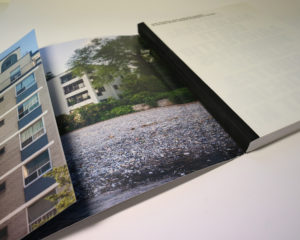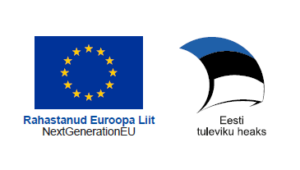Soft bound – paperback
Paperback books are typically lighter and due to larger print runs their production is more economical than hard cover books. But this format also offers exciting treatments which can make the exterior of the book as interesting as its contents.
The advantages of a paperback book are:
- Cheaper price
- Lightweight
- Covers with flaps
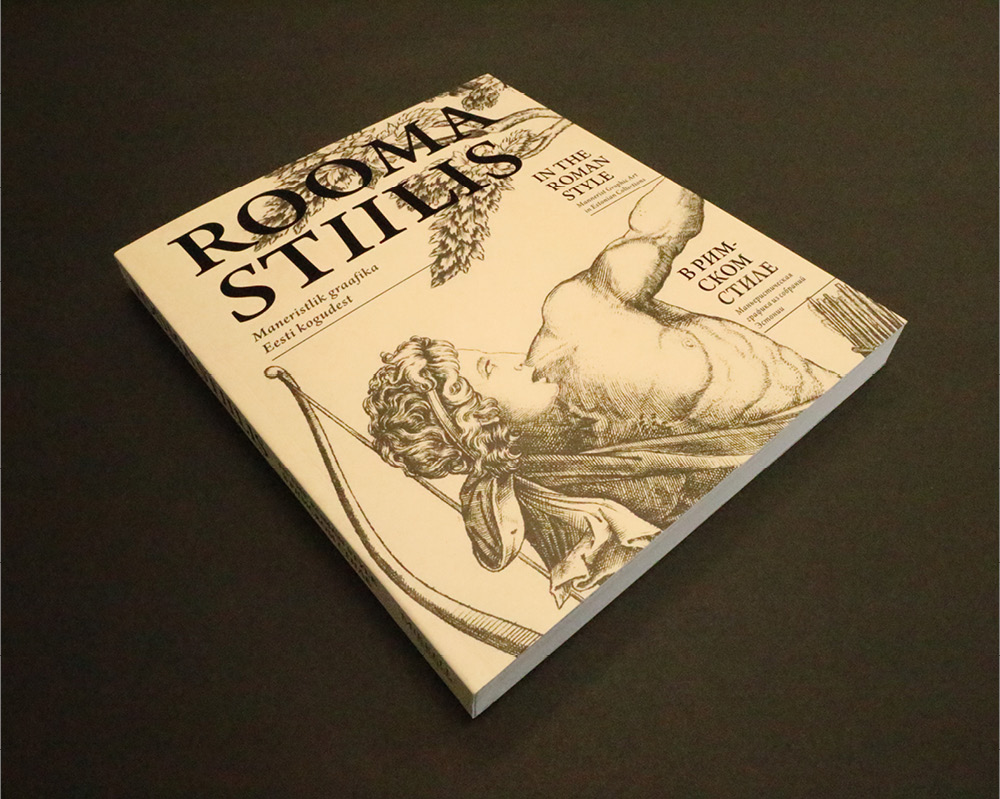
Paperback – plentiful options
A paperback can be suitable for a book of almost any kind. In addition to the advantages above, a paperback can be better for publications which are very thin, where a hard cover would not be reasonable. Printing and binding paperback book are also generally a bit simpler and take less time.
There are many options when designing a cover. To increase durability or just to make an impression, we can use water-based lacquer, different laminates, folio printing, spot lacquer, or cut-outs.
Bindings
Soft cover glue bindings, pur-bind, soft cover stitched bindings, Otabind and Swiss bindings.
- Format options: 75 x 100 mm – 300 x 360 mm (width x height). Thickness 2-62 mm. For an otabind, the minimum width is 105 mm and the maximum thickness is 27 mm.
- Interior paper: uncoated 60-150 g/m², coated 70-170 g/m².
- Cover material: cardstock (230-280 g/m²), coated paper (200-350 g/m²), uncoated specialty papers, different vinyl materials.
- Covers may have flaps, or folded in covers (minimum width 80 mm, maximum width 20 mm less than the width of the book).
- A printed cover can be coated with different laminates: glossy, matte, scratch-resistant matte, velvet, high-relief.
- Foil printing UV partial lacquer, UV-full lacquer, water-based lacquer, lamination, embossing, silk printing, cut-outs, stickers, rounded edges, packaging in thermal or magazine film.
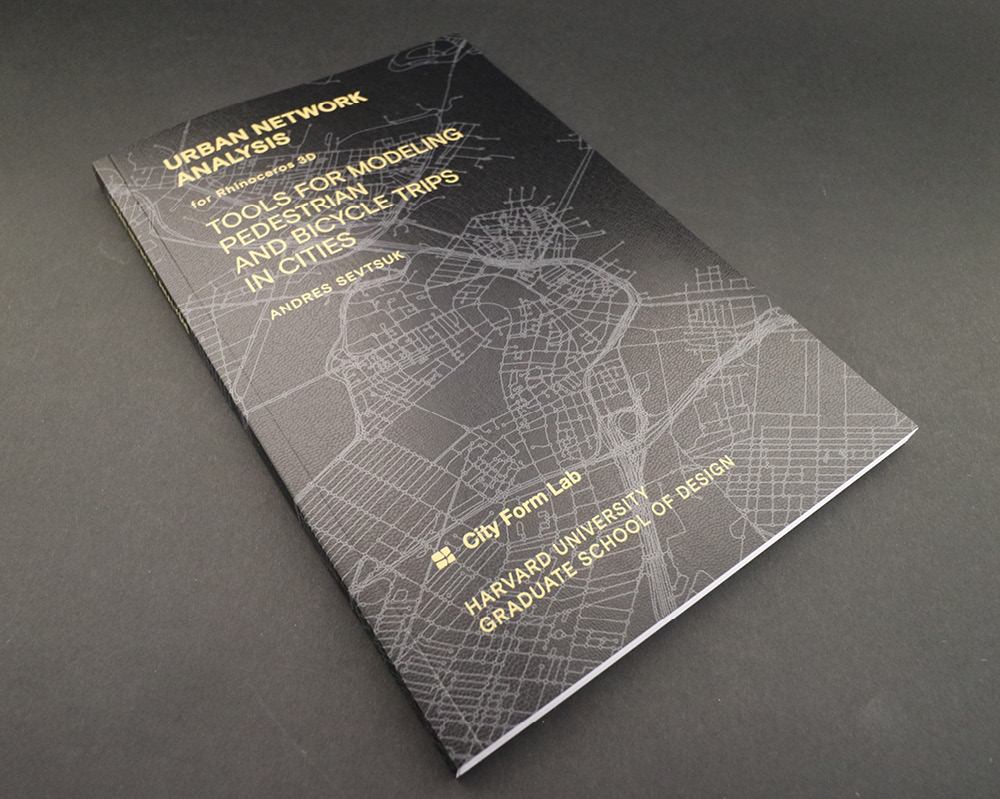
Binding techniques – from common to extraordinary
- Soft cover glue binding – choose between hot glue or PUR glue. Suitable for an affordable paperback, glamorous periodical, or an effective advertising publication.
- Soft cover sewn binding – more long-lasting than common glue binding. The durability of the binding doesn’t depend on the interior paper. Also suitable for a publication printed on heavier (coated) paper and publications for intensive use, such as textbooks, handbooks, catalogues, etc.
- A soft cover with flaps and a sewn binding. A folded back cover adds strength and gives a greater surface area for printing information – such as an author bio, notes about the publisher, other books in the series, etc.
- Open spine binding – the spine of the book is uncovered, allowing the book to open completely. It either has no separate front or back covers, or they are glued to the first and last pages.
- Otabind – a totally distinctive method of binding where the cover is not glued to the spine. As a result, the book opens much more easily.
- Swiss brochure – the block of pages is only attached to the back cover, leaving the spine exposed when the book is open.
Some good examples
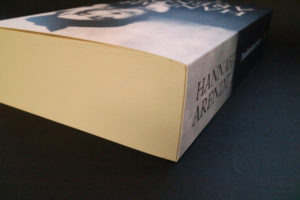
Soft cover glue binding – choose between hot glue or PUR glue. Suitable for an economical paperback, glamorous periodical, or an effective advertising publication.
Soft cover sewn binding – more long-lasting than common glue binding. The durability of the binding doesn’t depend on the interior paper. Also suitable for a publication printed on heavier (coated) paper and publications for intensive use, such as textbooks, handbooks, catalogues, etc.
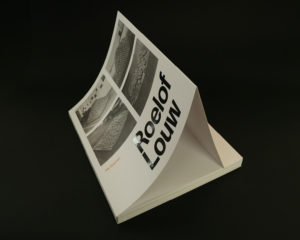
A soft cover with flaps and a sewn binding. A folded back cover adds strength and gives a greater surface area for printing information – such as an author bio, notes about the publisher, other books in the series, etc.
Open spine binding – the spine of the book is uncovered, allowing the book to open completely. It either has no separate front or back covers, or they are glued to the first and last pages.
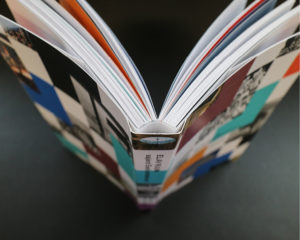
Otabind – a totally distinctive method of binding where the cover is not glued to the spine. As a result, the book opens much more easily.
Swiss brochure – the block of pages is only attached to the back cover, leaving the spine exposed when the book is open.
Read some more about hard cover books and other publications.





![PK-2[1]](https://trt.ee/wp-content/uploads/2018/11/PK-21.jpg)
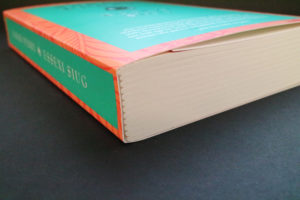
![Naked spine[1]](https://trt.ee/wp-content/uploads/2018/11/Naked-spine1-300x240.jpg)
